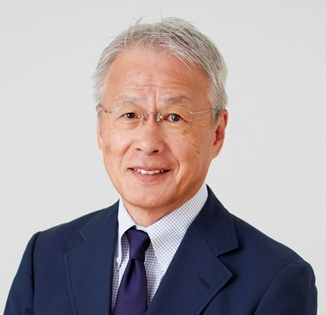
by Noriyuki Morimoto
A company’s treatment of people must consider compensation according to their contribution. The meaning of this is that the accumulated contribution and compensation need to be matched over the entire length of the employee’s service.
When it comes to compensation based on contribution, the challenge is how to measure the latter. But assuming that contribution is measured in some reasonable way, I’d like to focus on the balance between contribution and compensation over the planned duration of service.
If the planned duration is fixed, such as one month of temporary employment, matching contribution and compensation is quite straightforward. But to be more precise, rather than contribution and compensation, what is being balanced is the expectation of contribution and compensation. This is because compensation must be decided in advance, and actual contribution can only be confirmed afterwards.
Contribution and compensation do not match on a daily allowance basis, as productivity should improve from the first to the last day of employment, even when it is just one month. Then, when asking if the individual’s contribution and compensation match on a monthly basis, they wouldn’t, as individuals deliver different levels of performance. Essentially, the match between contribution and compensation is actualized over the one-month duration and across all hired employees on an expectation basis.
In other words, there are three issues. First, contribution and compensation cannot be matched at any given point: rather, the balance between the two is intended to be achieved throughout the service period.
Second, when it comes to matching contribution and compensation, what is first intended is to match the latter with the expectation of contribution, and as actual contribution is never perfectly aligned with expectations, the more fundamental issue is how the actual contribution compares to expectations, rather than how the compensation matches contribution.
Thirdly, the alignment of contribution and compensation is ultimately about the equilibrium of the entire organization, and as there are discrepancies between contribution and compensation within each individual, the key for HR is how to address this disagreement when designing the compensation system.
The point is that the personnel compensation system is designed on the premise that contribution and compensation do not match, but nevertheless, on the principle that they must match.
[Category / Human Capital Investment]

Chief Executive Officer, HC Asset Management Co.,Ltd. Noriyuki Morimoto founded HC Asset Management in November 2002. As a pioneer investment consultant in Japan, he established the investment consulting business of Watson Wyatt K.K. (now Willis Towers Watson) in 1990.

